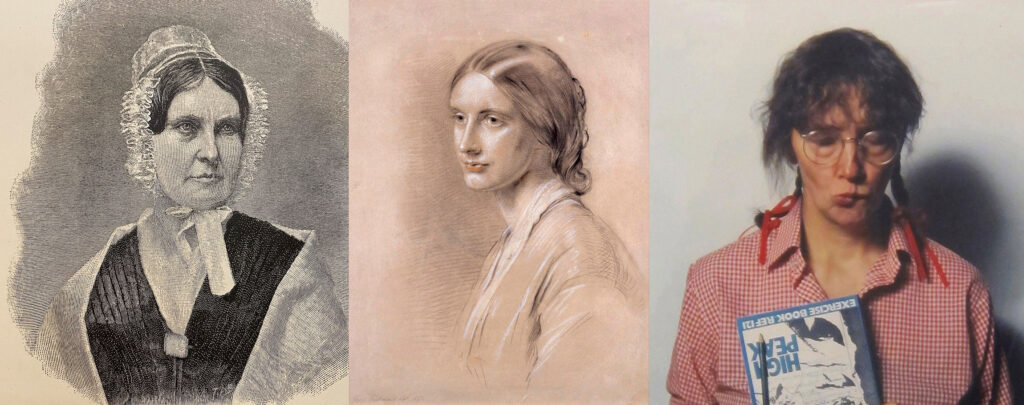Radical
Non-Resistance
& the Art of
Transgression

Pease, Butler & Spence – Radical Non-Resistance & the Art of Transgression’ takes its lead from an artwork at the National Portrait Gallery, London, titled: ’The World Anti-Slavery Convention 1840’, made by the history painter and diarist Benjamin Robert Haydon. The inclusion of Elizabeth Pease in the delegates depicted warrants further consideration of her central role and advocacy for abolitionism. Born in 1807 into a Quaker family of wool merchants in Darlington, the entitlements and civic values of her time permeate the radical eloquence of her tireless campaigning for female emancipation and social justice. This exhibition unpicks a few threads from the storehouse of this history to trace the slow turn of change and reformation in human affairs then and since.
‘Place, People and Living Memory’, (PP&LM) displays work which incorporates: an extended photo-essay; current practice in painting; digital projection; audio visual work and participatory events with the intent to show rather than tell. The artefacts on show serve to explore the shifting status of civic pride in the township of Darlington; celebrate the legacy of locally driven radicalism for social reform; the close alliance of Pease family ancestry with activist figures
operating regionally, nationally and internationally; the sense of belonging borne of working together to invigorate the commonality of social justice; and reveal the lived experience of collision between privilege, oppression and transformation.
‘Indelicate, Ungenteel, Vulgar & Outrageous Women’ (IUVOW) was a public exhibition exploring a new order of social justice carried forward from radical non resistance in the 19th Century by women of and from the North East of England, including Elizabeth Pease, Josephine Butler and Harriet Martineau, who were associated with Darlington, Northumberland and North Tyneside respectively. Each is known for advocacy, original thinking, activism and support for the cause of women’s political inclusion and emancipation. The photo-essay extends a time line into the 1930s, 1960s and 1990s when resistance and dissent to stark new forms of oppression give significance to the activist work of Frances Perkins (USA), Marta Kubišová (South Bohemia) and Jo Spence (UK). Contemporary film (Tereza Stehlikova, Prague), photo-work (Claire Grey, London), painting (Pip Dickens, Lancashire) and print media (Alec Gatenby, Utrecht) carried the story into the here and now.